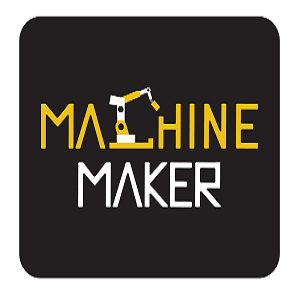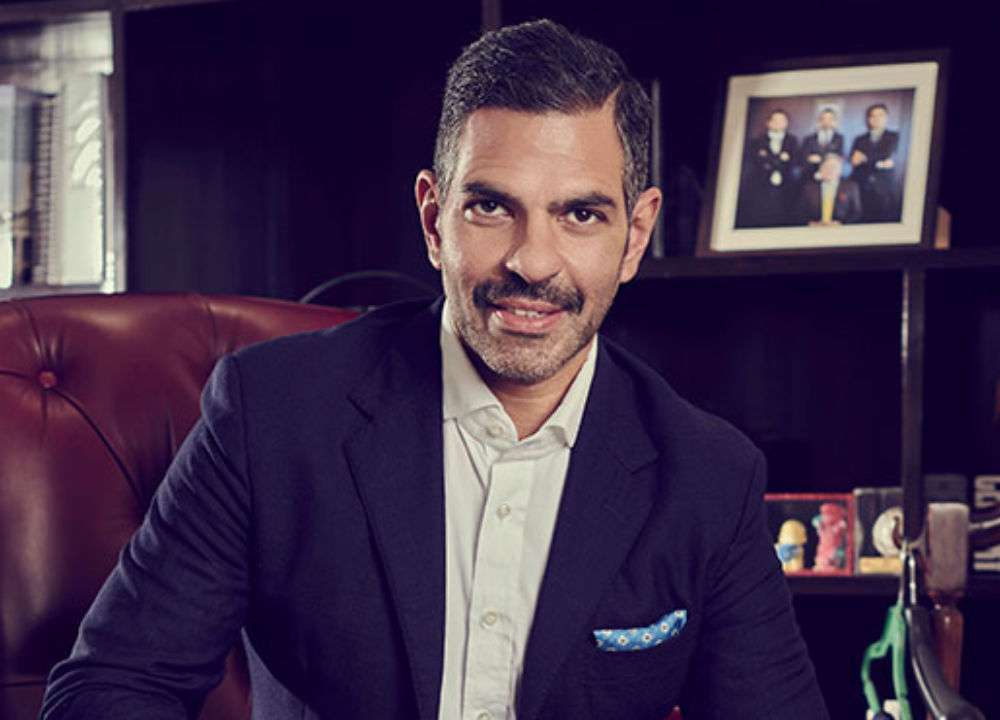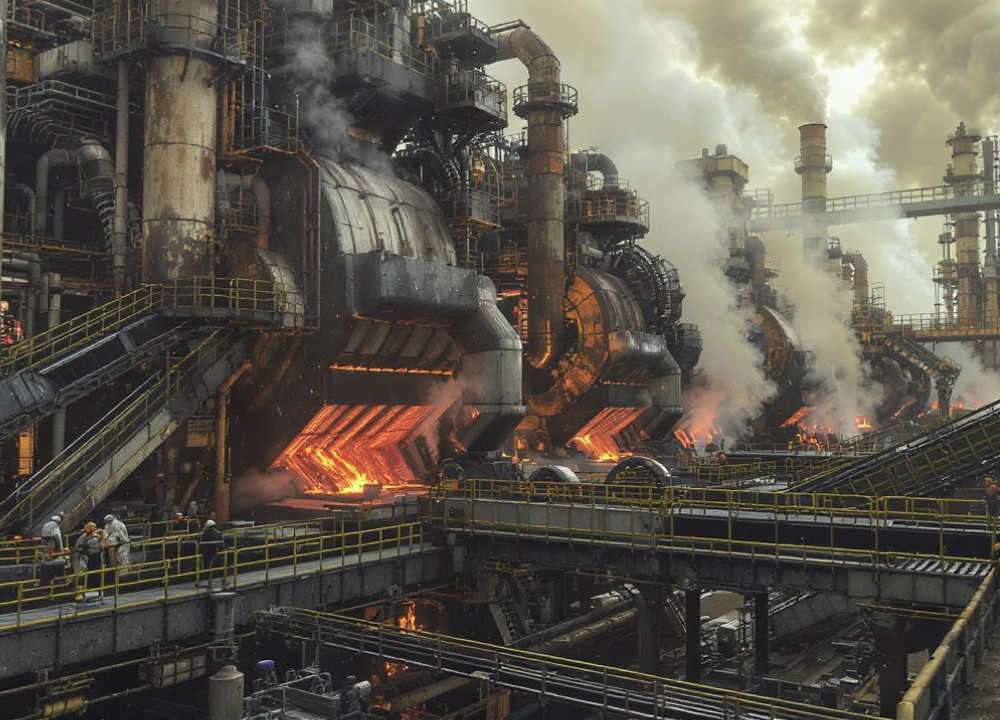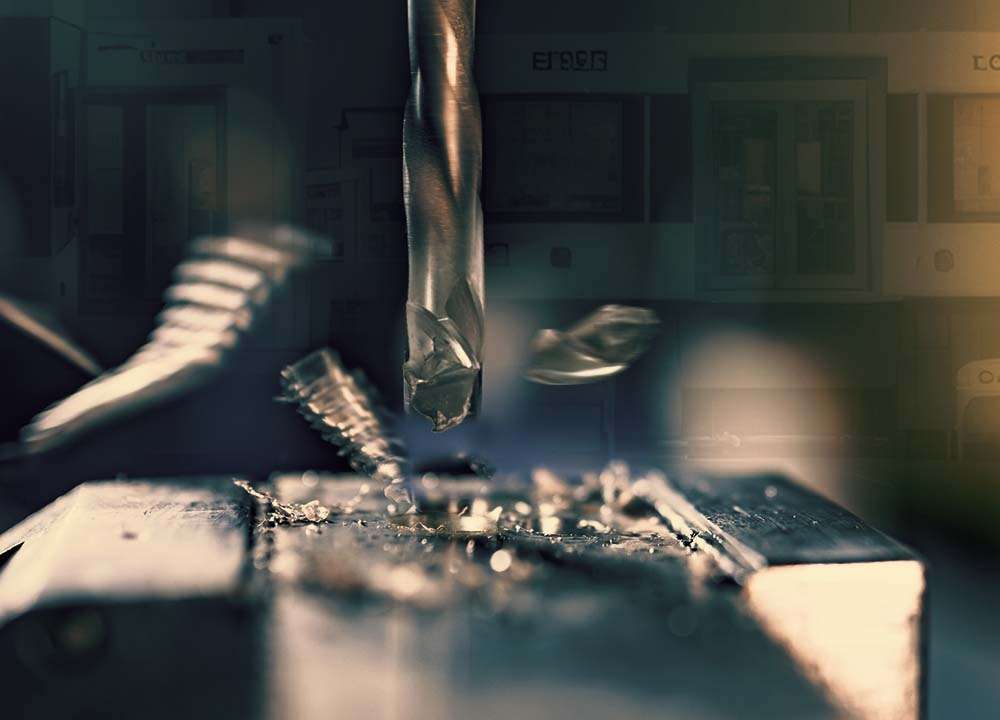“The Bright World of Metals” is a trade fair held in Düsseldorf that showcases breakthrough technologies and solutions in the metal industries. The focus of the event is on achieving climate targets and decarbonizing the production processes in steel mills, foundries, aluminum smelters, and copper smelters. The metal industries are responsible for approximately 8% of global greenhouse gas emissions, and when considering the production of raw materials, the figure increases to around 10%.
The steel industry is a particular focal point in decarbonization efforts, as iron and steel production alone contributes to 7% of global CO2 emissions. Steel producers are adopting various strategies to transition to climate-neutral production, including digitalization, improving energy efficiency, and gradually shifting to hydrogen-based, carbon-free production methods. Companies like ArcelorMittal, Salzgitter, Thyssenkrupp, and Voestalpine are actively adopting these technologies and investing in greener production processes. There is a growing demand for climate-neutral steel from industries such as automotive and white goods manufacturing.
Decarbonization pathways in the steel industry can be categorized into CO2-use (SCU) and CO2-avoidance (CDA) processes. SCU processes involve using carbon carriers for iron ore reduction and incorporating innovations like hydrogen injection to reduce CO2 emissions in the traditional blast furnace-basic oxygen converter route. These processes may also include technologies like carbon capture and storage (CCS) and carbon capture and usage (CCU). CDA processes, on the other hand, involve scrap-based electric-arc furnace route and iron-ore based steel production using natural gas or hydrogen as a reduction agent, avoiding the use of coal or coke.

In Europe, there is a strong focus on replacing pig iron production in CO2-intensive blast furnaces with direct reduction of iron ore in shaft furnaces using hydrogen. The transition is expected to be gradual, depending on the availability of green hydrogen. Direct reduction technologies like Midrex, Energiron, and Circored are being utilized for this purpose. The combination of direct reduction and electric steel production using renewable energy sources and green hydrogen is seen as the ideal solution for achieving climate-neutral steel production.
Metallurgical plant builders like SMS group, Danieli, and Primetals, along with specialists and suppliers such as Tenova, Küttner, and ABP Induction, are at the forefront of developing and implementing these breakthrough technologies. They are working on retrofitting existing plants and building new ones to enable climate-neutral production. In addition to the steel industry, the foundry industry is also focused on finding climate-neutral solutions. Energy-intensive melting technologies are a concern, and options like electric furnaces and hydrogen-based energy carriers are being explored. The technologies are available, but further development and optimization efforts are still required.
The trade fairs GIFA and THERMPROCESS, held as part of “The Bright World of Metals,” showcase a wide range of technological innovations. This includes new burner technologies for natural gas (with future readiness for hydrogen) and innovative solutions for efficient heat recovery and CO2-neutral production. Overall, the metal industries are actively working on reducing their carbon footprint and transitioning to climate-neutral production processes. The trade fair provides a platform for industry players to showcase their breakthrough technologies and exchange knowledge to accelerate the decarbonization journey.







